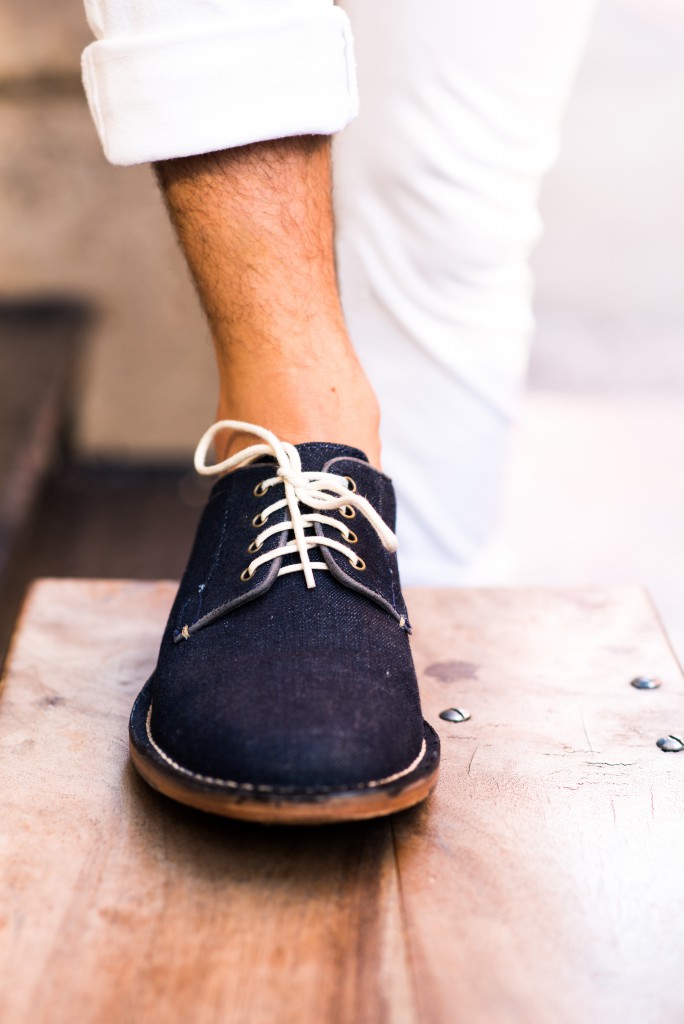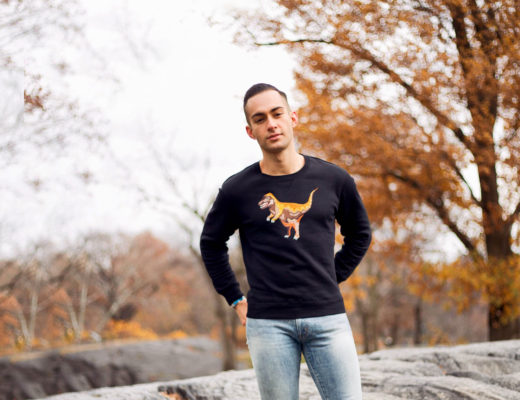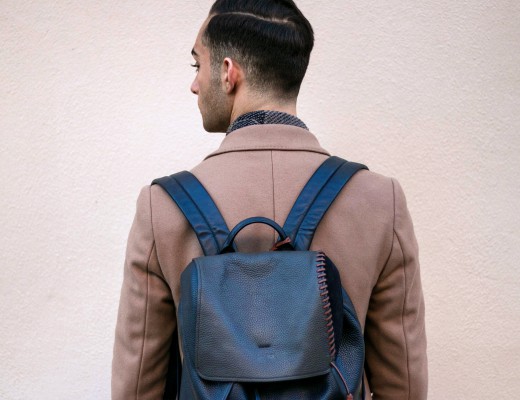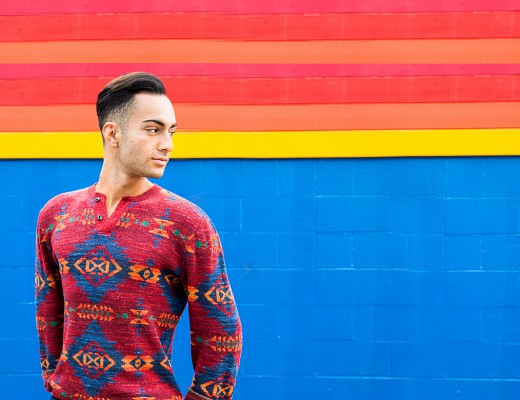We all own a pair of jeans:
Our work jeans, our Sunday jeans, our Boyfriend jeans, our date night jeans, our fat jeans, our skinny jeans, our ripped jeans, our faded jeans, and the list keeps on going, just like the fabric continues to sustain its relevance in our daily lives.
We all have our favorite pair of jeans too. I know I do. Or, I did, at least.
They were light blue, not quite worn out, but worn in. They were loose enough to look effortless but fitted enough to make me feel chic. Short enough to roll up at the ankle for a casual look, but long enough to make 5”8 (and a quarter) feel just a tad bit taller.
But over time, denim fades, seams rip, and stitches unravel – just as the fabrics of our lives naturally do.
With each kneel on one knee to tie my shoes, through each sprint through Washington Square Park to make it to class on time, and during each spontaneous dance on the night of Maddy’s 21st birthday last year, as all of our jeans meshed into one cohesive shade under the neon lights of Bowery Electric, my jeans were there with me – kneeling, running, dancing. And with each experience, the charmingly deliberate, small rip on the right knee expanded, until the rip turned into a torn hole. The jeans were no longer wearable and went on to inhabit the dim back corner of my closet.
Yet, one man’s trash – his worn out denim, is another man’s treasure – his canvas and his inspiration.
Bangkok-raised artist Korakrit Arunanondchai held his first solo museum exhibition at the MOMA in Los Angeles, entitled 2012 – 2555, named for the year in which it was produced, (2555 is the year 2012 on the Buddhist calendar). The collection showcases footage of the artist revisiting his previous artistic achievements, and documents his grandparents as they transform the family garden into their elderly home. In essence, the exhibition explores the cyclical nature of life and memory.
The collection’s centerpiece is, you guessed it, denim. Arunanondchai correlates the rise of denim culture with the appropriation of Western culture, which impacted the realms of fashion and art. Denim not only inspired Arunanondchai, but the fabric also served as the canvas for his artwork, as each pair of jeans that he utilized were intentionally torn, faded, and splattered with paint. Ironically, their vibrantly distressed appearances breathe new life into the conventional fabric, transforming each pair of jeans from an American fashion staple into a commentary on cultural and artistic immersion.
As my former favorite jeans faded from my wardrobe, torn and ragged with memory, a new form of the fabric made its way into my closet. While my new pair of laced denim shoes that reach right below the ankle is neither fashionably revolutionary nor socially groundbreaking, they represent a fresh sense of modernity – similar to the way in which Arunanondchai’s art does. Cole Haan’s new denim shoes, finished with leather trimming and with wooden soles, are ultimately a re-appropriation of the standard material as we know it. The American brand translated a representation of the “classic” into a contemporary context that we wear in a new way.
It seems the beauty of fashion, clothing, and accessories transcends the mere appeal of looks. The things we wear, the pieces we come to know and cherish over time, can be reinterpreted and modified – in visual appearance, contextual meaning, and social significance – in the MOMA, or even in our personal museums that we rummage through daily called our closets. In response, we continue to step (quite literally) forward in the direction of novelty – in fashion, in art, and in our every days. Whether torn, faded, or dripping with paint, styles shift and trends change in the same way that the natures of our lives do. But as we toss out our old jeans, we make room for new denim in fresh forms that hold the promise of new rips and new memories.




